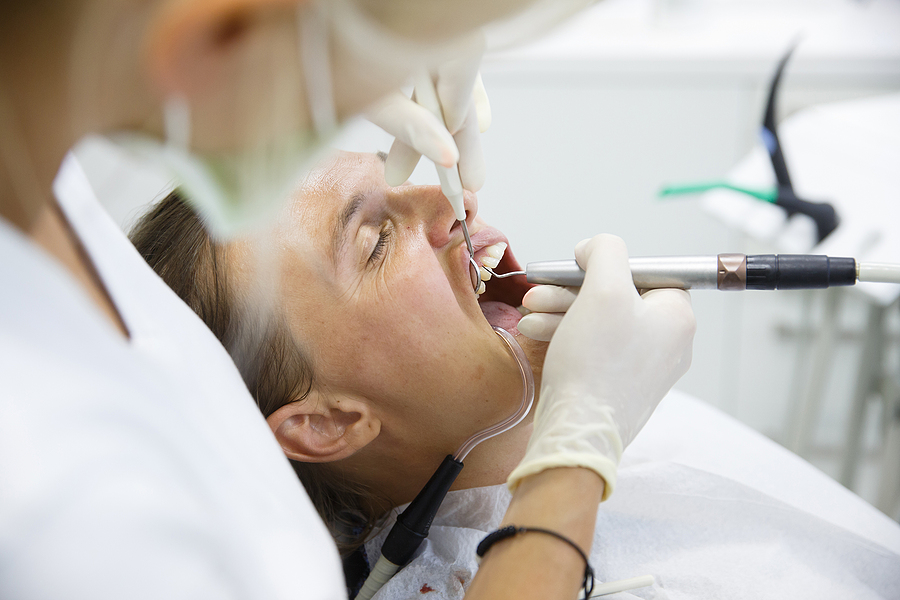Visiting the dentist with a toothache only to find out you have a cavity is no fun. If you’re worried about the cavity that compromises your dazzling smile, we’re here to let you know that there is no need to fret. Advancement in dental technology offers several restorative options for dental cavities. The most popular of these restorative options are inlays, onlays, and crowns.
Find out more about them along with their pros and cons below.
- Inlays and Onlays
An inlay is essentially a solid piece of dental material that is fitted into the cavity once the decayed area is drilled out.
An outlay is a cap-like structure that fits over the tooth in cases when the cusp of the tooth is affected.
Both inlays and outlays are available in composite resin, porcelain, and metal options.
Pros
Inlays and outlays are the better, sturdier option when compared to dental fillings.
In contrary to fillings, these do not cause sensitivity when the infection has reached around the tooth root.
These structures retain the existing tooth without changing it, only masking the decayed parts.
These are available in myriad color options and can be made to match the natural color of your teeth.
Cons
Since an impression needs to be taken for inlays and outlays, two visits to the dentist would be required to finalize the treatment.
As these need to be fabricated, they are more expensive than fillings.
- Dental Crowns
Dental crowns are recommended when a significant part of the tooth has decayed. Also, when the infection reaches the root of the tooth, a root canal procedure would be required to save it. In such cases, a dental crown would be placed.
Pros
Placing a dental crown on the tooth after a root canal procedure offers strength to the structure.
It improves the appearance of a decayed, cracked, or discolored tooth.
They look and feel like natural teeth and do not cause sensitivity.
Cons
Before placing a crown, the tooth would have to be filed and reshaped - depleting a part of the natural tooth.
The dental cement used may get washed away over time, causing the crown to become loose or allow bacteria to grow underneath.
Thus, while dental crowns are the best way to restore a tooth, inlays and outlays offer a solution to cavities without affecting the natural tooth. Visit your dentist so that he or she may suggest the best possible solution for your case.
Share On

The Impact of Dental Implants on Jawbone Health & Facial Structure
Imagine smiling confidently, knowing that your teeth not only look great but also support your jawbone and facial …

The Ultimate Guide to Dental Implants in Tijuana Baja, California
Missing teeth can significantly impact your confidence, oral health, and overall quality of life. Fortunately, dental implants in …

The Versatility of Dental Resins: Enhancing Smiles in Tijuana, Baja California
=Advancements in technology and materials have revolutionized modern dentistry. One such innovation is dental resins, a versatile and …

Dental Hygiene Tips for Seniors: Maintaining Healthy Teeth and Gums as You Age
As we age, the importance of maintaining our dental health becomes even more crucial. Many seniors find themselves …

Restoring Smiles: The Benefits of Dentures in Tijuana, BC
Tooth loss can significantly impact a person’s quality of life, affecting their ability to eat, speak, and smile …
